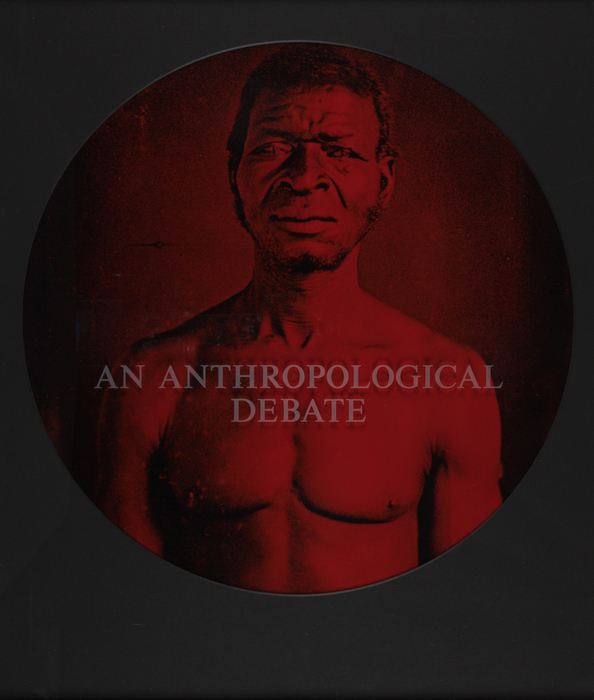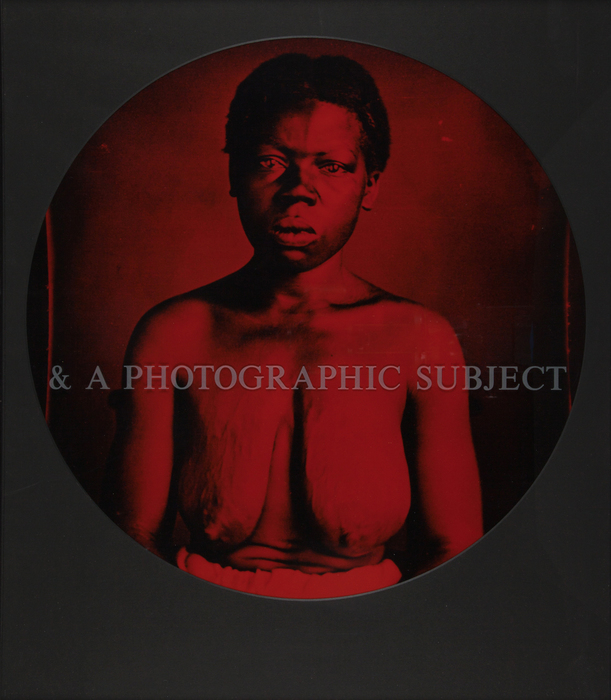Images that seem to encapsulate individual human identities, from nineteenth-century daguerreotypes to twenty-first-century selfies, have dominated the medium of photography. Portraits shape the ways we understand each other and ourselves. Many crucial aspects of modern political, economic, social, and cultural life are constituted through, not simply documented by, pictures like the ones in this exhibition.
The ubiquity and relative affordability of photography have drastically expanded access to self-representation. Commissioned portraits let sitters determine how they are seen, as well as fundamentally affirm their existence and significance. But all images of people raise issues about power and agency. What are the relationships between the photographer, the person being photographed, and the intended audience for the image? What happens when a subject loses control over his or her representation because of the context in which it is presented?
Drawn from ICP’s permanent collection, these photographs explore the ways in which portraits have been made and used from the nineteenth century to the present. Occupational and family portraits record a sitter’s relationship within a group. Celebrities and self-portraitists often exert the most control over their representations. In many images of war and social change, photographers choose subjects that reinforce their views. In collaborative portraits, people find ways to represent themselves as they wish to be seen, either in the studio or by seizing the moment through direct interaction with the photographer. Although the deceased have no say in their final representations, photographers have generally created dignified images that memorialize the dead and play a role in grieving. While each portrait serves a different purpose, each offers the opportunity to investigate the ways in which photography shapes our ideas about individual and collective identities. - Erin Barnett and Claartje van Dijk
162 Items


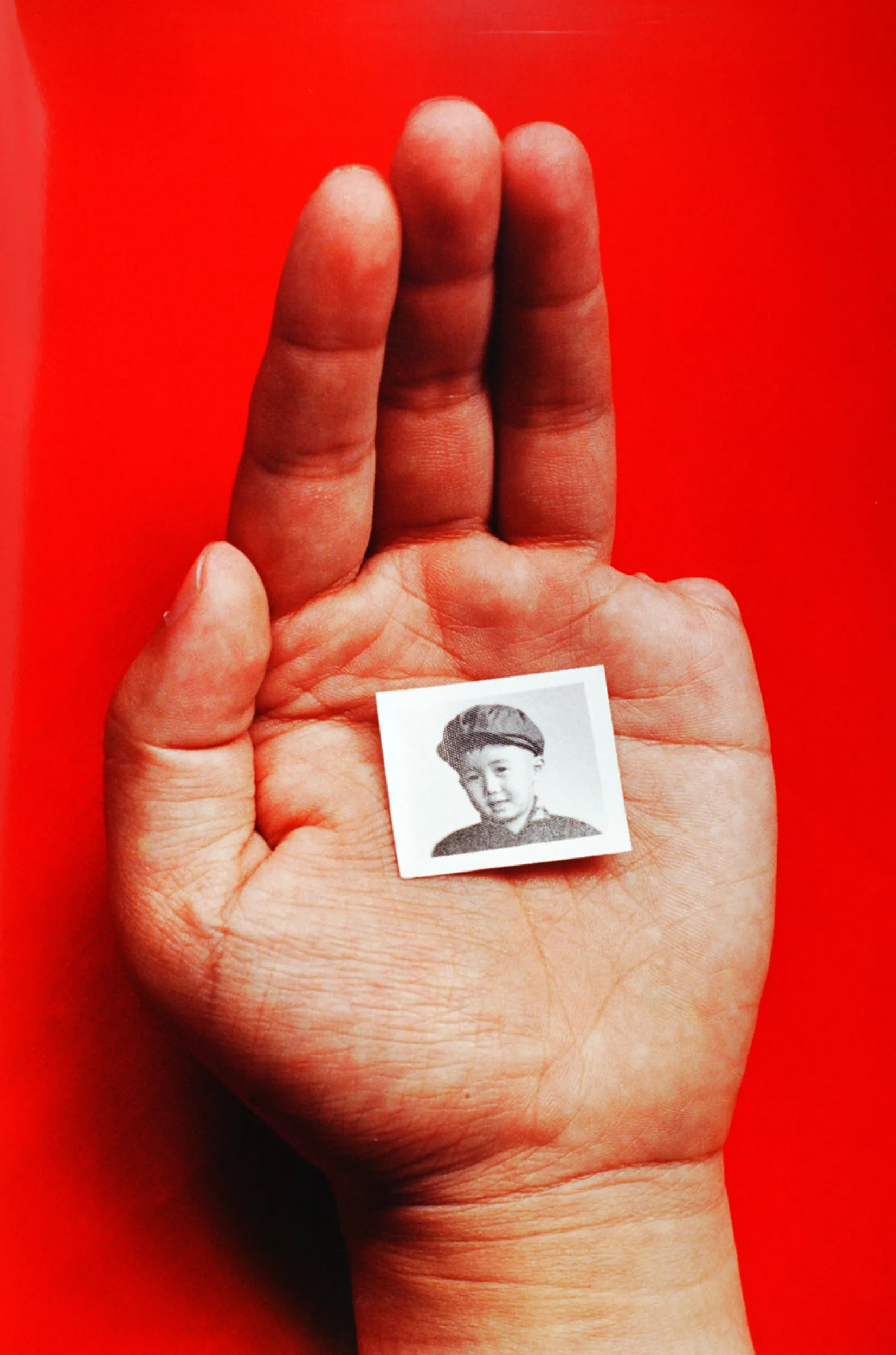
![[Bell Ringers, possibly Peake Family]](https://s3.amazonaws.com/icptmsdata/u/n/i/d/unidentified_photographer_2009_15_16_453240_displaysize.jpg)


![[Iceman]](https://s3.amazonaws.com/icptmsdata/u/n/i/d/unidentified_photographer_2007_54_9_447500_displaysize.jpg)
![[Butcher]](https://s3.amazonaws.com/icptmsdata/u/n/i/d/unidentified_photographer_2007_54_4_439251_displaysize.jpg)
![[Four Salvation Army Soldiers with Copies of War Cry]](https://s3.amazonaws.com/icptmsdata/u/n/i/d/unidentified_photographer_2008_81_7_411620_displaysize.jpg)
![[Woman standing in underwear]](https://s3.amazonaws.com/icptmsdata/b/e/l/l/bellocq_ernest_j_32_2004_407465_displaysize.jpg)
![[Barnum and Bailey's Circus Snake Charmer, Miss Maxine]](https://s3.amazonaws.com/icptmsdata/w/e/n/d/wendt_frank_2011_47_72_410924_displaysize.jpg)




![[Nurse-midwife Maude Callen examining throat glands of young boy]](https://s3.amazonaws.com/icptmsdata/s/m/i/t/smith_w_eugene_1003_2005_444274_displaysize.jpg)




![[Joann Crane with Portrait of Her Father Abraham Crane]](https://s3.amazonaws.com/icptmsdata/u/n/i/d/unidentified_photographer_2008_81_12_443013_displaysize.jpg)
![[Unidentified Invalid Girl with Woman and Cloaked Attendant]](https://s3.amazonaws.com/icptmsdata/u/n/i/d/unidentified_photographer_74_2004_418185_displaysize.jpg)
![[Unidentified Family Group with Statue of Liberty]](https://s3.amazonaws.com/icptmsdata/u/n/i/d/unidentified_photographer_2008_81_13_413687_displaysize.jpg)

![[Hugh, Lord David, and Jonathan Cecil, England]](https://s3.amazonaws.com/icptmsdata/f/r/i/s/frissell_toni_11_1979_419028_displaysize.jpg)
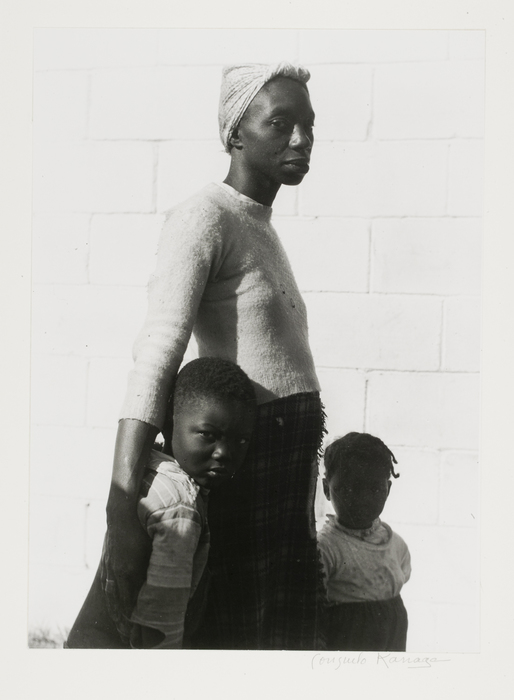
![[Eric Clapton with his grandmother Rose Clapp in her home, Surrey, England]](https://s3.amazonaws.com/icptmsdata/o/l/s/o/olson_john_2462_2005_428067_displaysize.jpg)




![[Self-portrait with brush and palette]](https://s3.amazonaws.com/icptmsdata/s/t/e/i/steichen_edward_2011_78_2b_414030_displaysize.jpg)
![[Self-portrait of Anatol Josepho with terrier]](https://s3.amazonaws.com/icptmsdata/j/o/s/e/josepho_anatol_2008_8_1_463099_displaysize.jpg)
![[Luis Buñuel]](https://s3.amazonaws.com/icptmsdata/2/0/0/7/2007_25_2_crop_451172_displaysize.jpg)




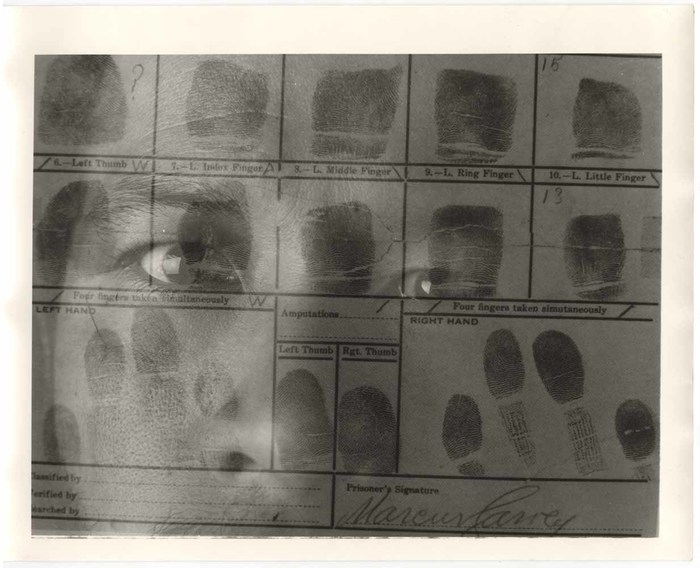




![[Postmortem Unidentified Triplets]](https://s3.amazonaws.com/icptmsdata/u/n/i/d/unidentified_photographer_2008_81_51_433828_displaysize.jpg)
![[Soldier Holding Rifle]](https://s3.amazonaws.com/icptmsdata/u/n/i/d/unidentified_photographer_2006_59_2_411200_displaysize.jpg)

![[Dolores Ibárruri, Spain]](https://s3.amazonaws.com/icptmsdata/s/e/y/m/seymour_david_14_1997_435345_displaysize.jpg)
![[Former member of the Barcelona Philharmonic at an internment camp for Spanish refugees, Bram, France]](https://s3.amazonaws.com/icptmsdata/c/a/p/a/capa_robert_ms095_023_420285_displaysize.jpg)
![[Soldier with Unidentified Woman and Baby]](https://s3.amazonaws.com/icptmsdata/d/i/s/f/disfarmer_mike_2009_91_19_426688_displaysize.jpg)

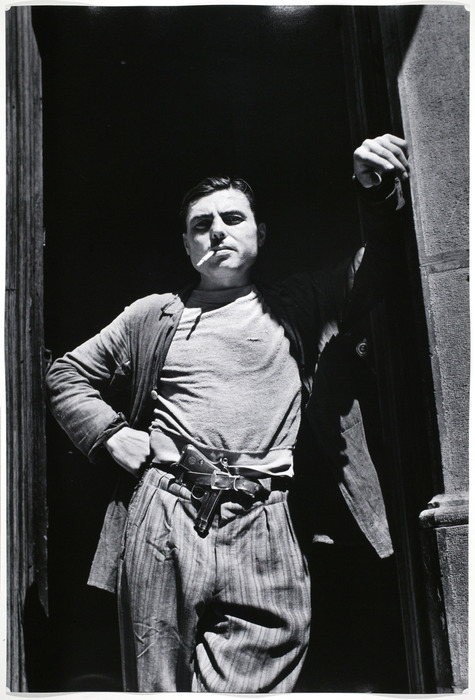






![[Anti-Vietnam war demonstration, Washington]](https://s3.amazonaws.com/icptmsdata/r/i/b/o/riboud_marc_11_1975_466807_displaysize.jpg)



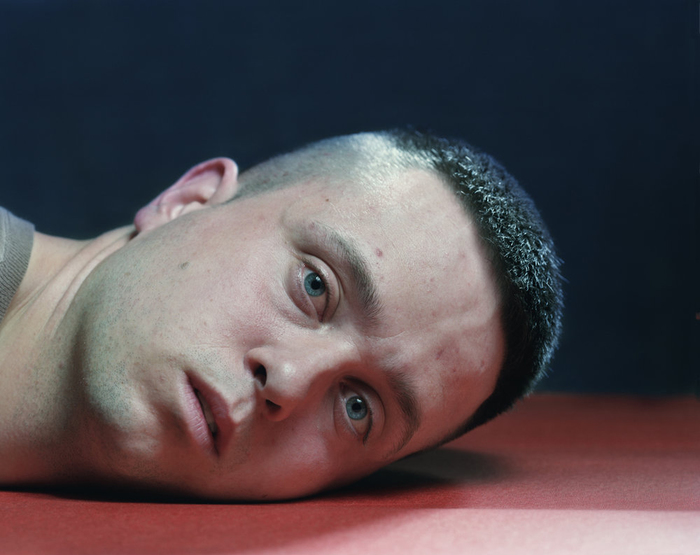



![[Carpenter Phillip Mbhele wearing "We don't want passes" tag speaking against the Afrikaner's pass system that requires all native South Africans to carry one or more passes, Johannesburg]](https://s3.amazonaws.com/icptmsdata/b/o/u/r/bourke-white_margaret_1715_2005_449505_displaysize.jpg)




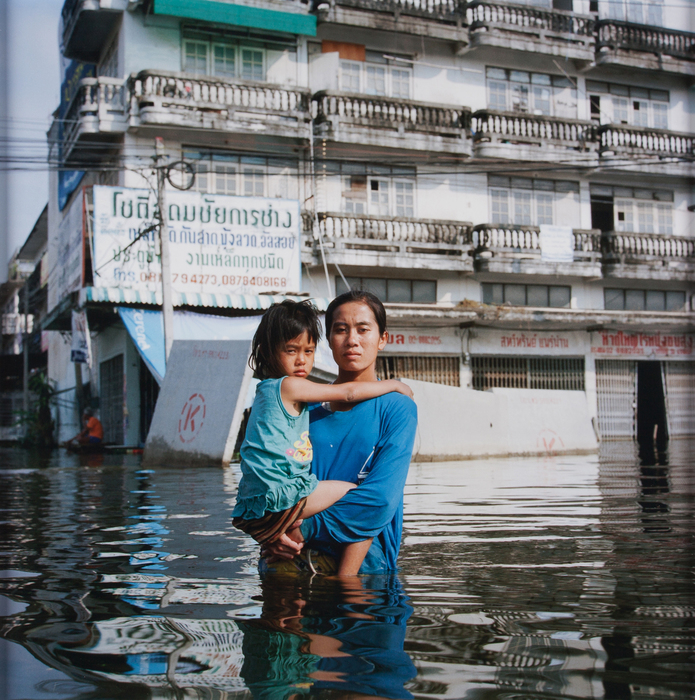
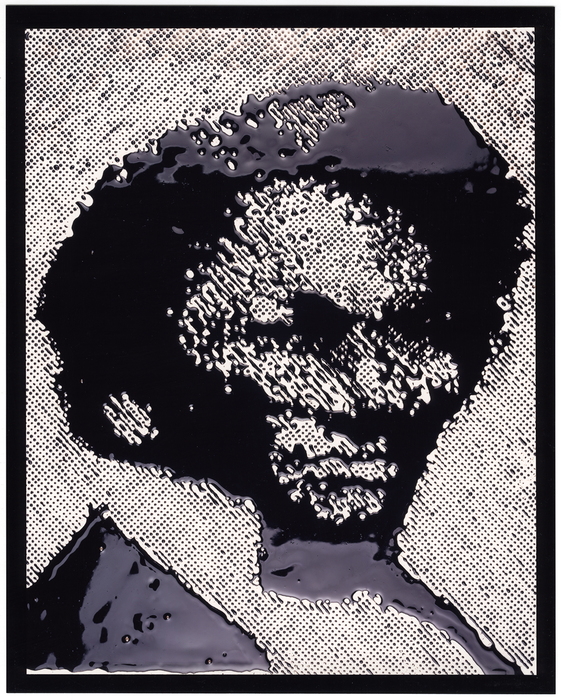



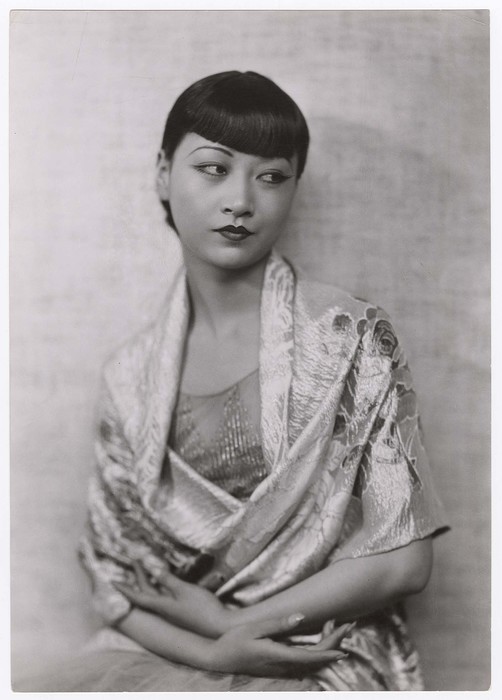


![[Amelia Earhart]](https://s3.amazonaws.com/icptmsdata/e/a/r/h/earhart_amelia_1333_2005_422860_displaysize.jpg)

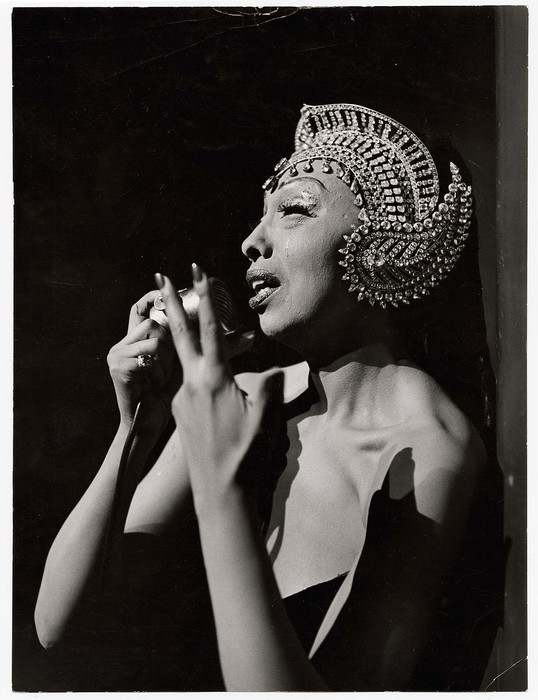
![[Marilyn Monroe impersonating Theda Bara]](https://s3.amazonaws.com/icptmsdata/a/v/e/d/avedon_richard_1245_2005_453816_displaysize.jpg)
![[Lee Harvey Oswald standing outside his home holding a rifle, Dallas]](https://s3.amazonaws.com/icptmsdata/u/h/r/b/uhrbrock_don_1991_2005_446644_displaysize.jpg)
![[John F. Kennedy Jr. saluting his father's casket as it is carried from Saint Matthew's Cathedral, Washington, D.C.]](https://s3.amazonaws.com/icptmsdata/s/t/e/a/stearns_stan_1911_2005_437210_displaysize.jpg)


![[Leonard Bernstein]](https://s3.amazonaws.com/icptmsdata/h/e/y/m/heyman_ken_1611_1990_450509_displaysize.jpg)


![[Coretta Scott King]](https://s3.amazonaws.com/icptmsdata/m/_/A/D/DA_martin_louise_1B4_3a_465564_displaysize.jpg)

![[Patti Smith]](https://s3.amazonaws.com/icptmsdata/m/a/p/p/mapplethorpe_robert_76_1998a_444815_displaysize.jpg)
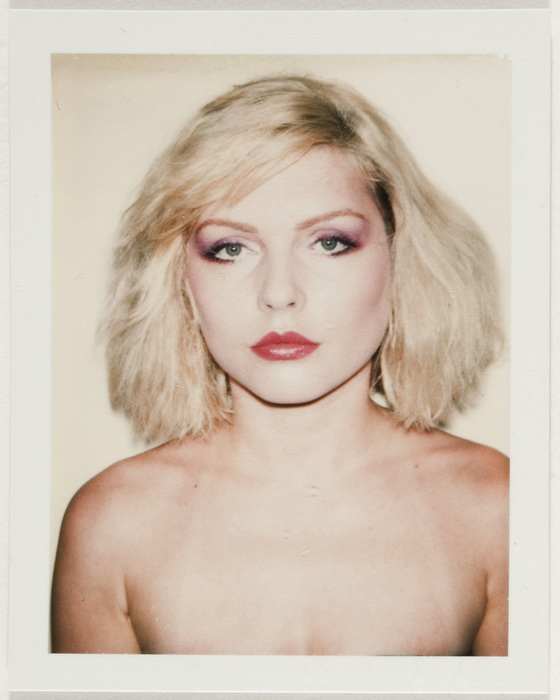
![[Robert Mapplethorpe]](https://s3.amazonaws.com/icptmsdata/d/i/e/s/seidner_david_2007_120_24b_412279_displaysize.jpg)


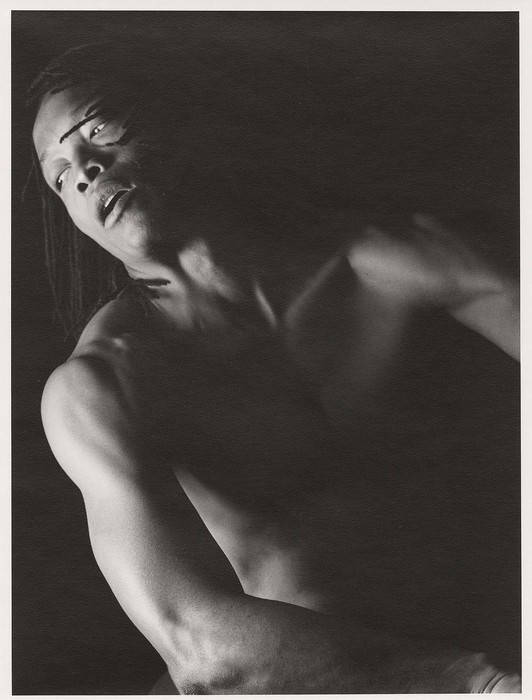
![[Unidentified Woman]](https://s3.amazonaws.com/icptmsdata/s/o/u/t/southworth_hawes_2010_123_2f_436195_displaysize.jpg)
![[Unidentified Freedwoman]](https://s3.amazonaws.com/icptmsdata/u/n/i/d/unidentified_photographer_67_2004_460549_displaysize.jpg)
![[Unidentified Young Manchu Woman]](https://s3.amazonaws.com/icptmsdata/s/a/u/n/saunders_william_13_2004c_437667_displaysize.jpg)
![[Unidentified Man Posing with Five Men in Native American Dress]](https://s3.amazonaws.com/icptmsdata/u/n/i/d/unidentified_photographer_2417_2005_408235_displaysize.jpg)
![[Unidentified Young Man with Bandaged Head]](https://s3.amazonaws.com/icptmsdata/u/n/i/d/unidentified_photographer_2007_54_5_415734_displaysize.jpg)
![[Unidentified Woman at "Beach"]](https://s3.amazonaws.com/icptmsdata/u/n/i/d/unidentified_photographer_2009_3_1_420410_displaysize.jpg)
![[John H. Allen]](https://s3.amazonaws.com/icptmsdata/c/o/w/i/cowin_1131_1990_419433_displaysize.jpg)
![[Unidentified Woman]](https://s3.amazonaws.com/icptmsdata/c/o/w/i/cowin_1159_1990_438797_displaysize.jpg)

![[Unidentified Woman]](https://s3.amazonaws.com/icptmsdata/c/o/w/i/cowin_1180_1990_414375_displaysize.jpg)
![[Nora Douglas Holt]](https://s3.amazonaws.com/icptmsdata/c/o/w/i/cowin_1544_1990_422181_displaysize.jpg)


![[Unidentified Woman]](https://s3.amazonaws.com/icptmsdata/c/o/w/i/cowin_1263_1990_426721_displaysize.jpg)
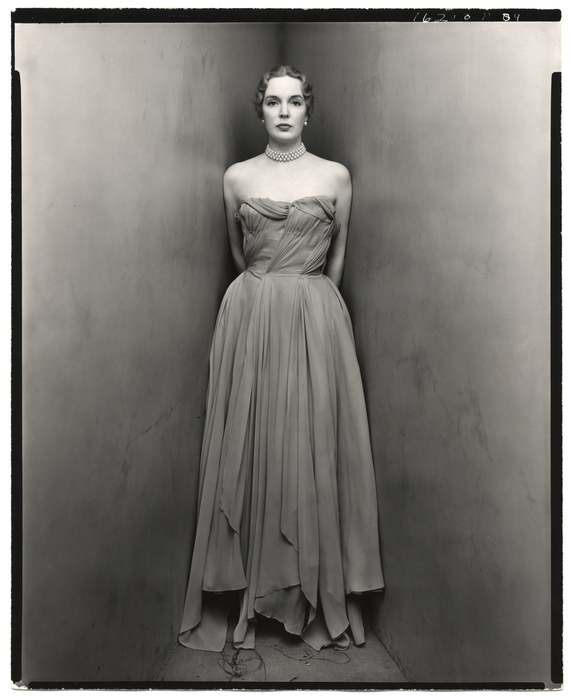


![[American athletes Tommie Smith and John Carlos protesting racial inequity with raised fists during national anthem at Olympics, Mexico City]](https://s3.amazonaws.com/icptmsdata/d/o/m/i/dominis_john_1012_2005_crop_428440_displaysize.jpg)
![[Student activist David Shapiro sitting behind University President Kirk's desk smoking an appropriated cigar during six-day campus uprising and protest at Columbia University, New York]](https://s3.amazonaws.com/icptmsdata/u/p/s/h/upsham_gerald_1920_2005_422493_displaysize.jpg)













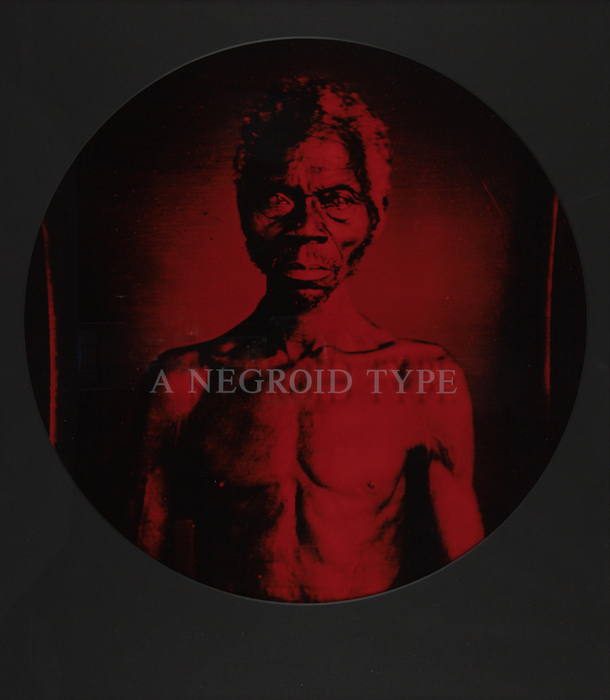

![[Man arrested for cross-dressing, New York]](https://s3.amazonaws.com/icptmsdata/w/e/e/g/weegee_116_1982_424356_displaysize.jpg)


![[Family]](https://s3.amazonaws.com/icptmsdata/i/s/h/i/ishiuchi_miyako_2008_13_1_427183_displaysize.jpg)

![[Two Unidentified Men]](https://s3.amazonaws.com/icptmsdata/d/i/n/u/unidentified_photographer_2_2001_01_436942_displaysize.jpg)
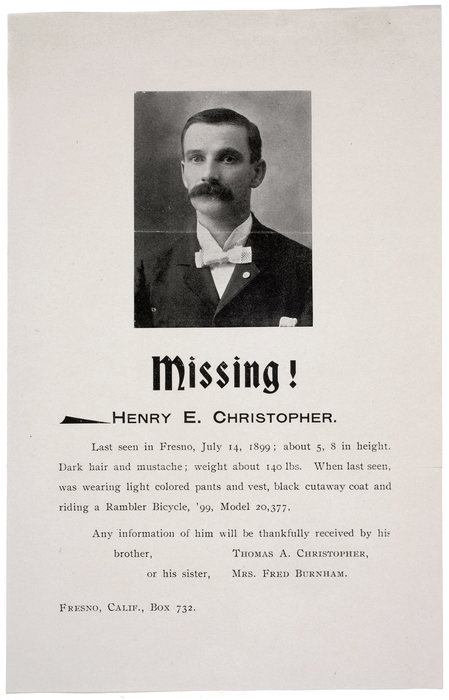

![[Flavio da Silva resting after an asthma attack, Rio de Janiero]](https://s3.amazonaws.com/icptmsdata/p/a/r/k/parks_gordon_359_1974_461202_displaysize.jpg)

![[Album of Portraits and Trips aboard US Government Marine Vessels from California to Alaska]](https://s3.amazonaws.com/icptmsdata/u/n/i/d/unidentified_photographer_2009_32_57a_455742_displaysize.jpg)
![[Travel Album of Europe and Northern Africa by Ernest Tilbury]](https://s3.amazonaws.com/icptmsdata/u/n/i/d/unidentified_photographer_2009_32_67a_464319_displaysize.jpg)
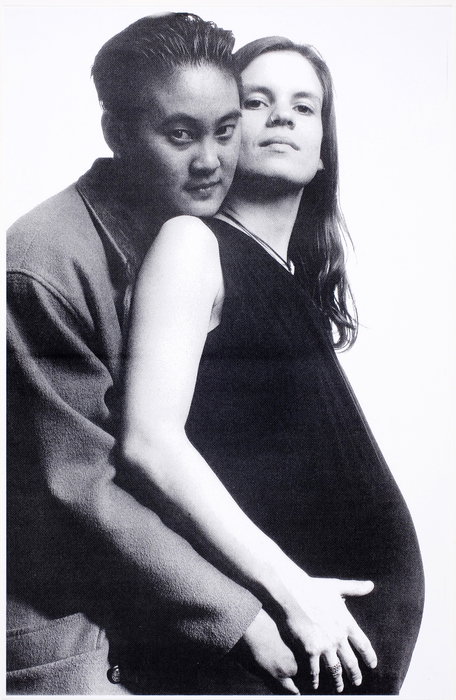
![[Unidentified Man]](https://s3.amazonaws.com/icptmsdata/c/o/w/i/cowin_1201_1990_446663_displaysize.jpg)
![[Unidentified Girl]](https://s3.amazonaws.com/icptmsdata/u/n/i/d/unidentified_photographer_2009_54_1_437790_displaysize.jpg)
![[Unidentified Woman]](https://s3.amazonaws.com/icptmsdata/u/n/i/d/unidentified_photographer_2009_54_3_432100_displaysize.jpg)


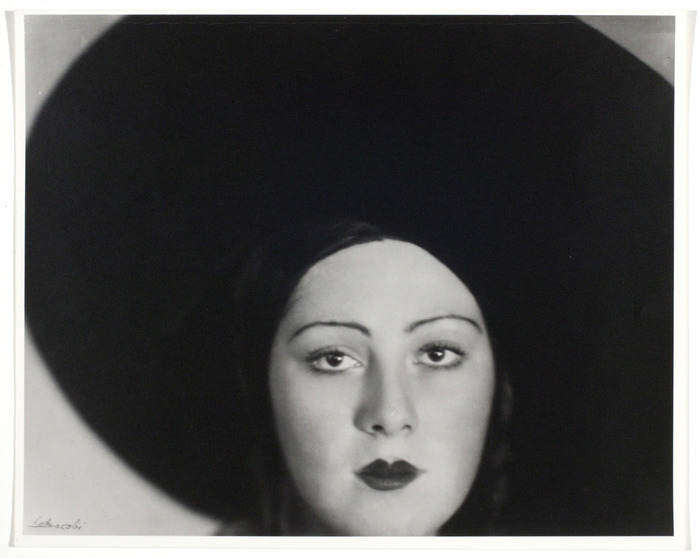
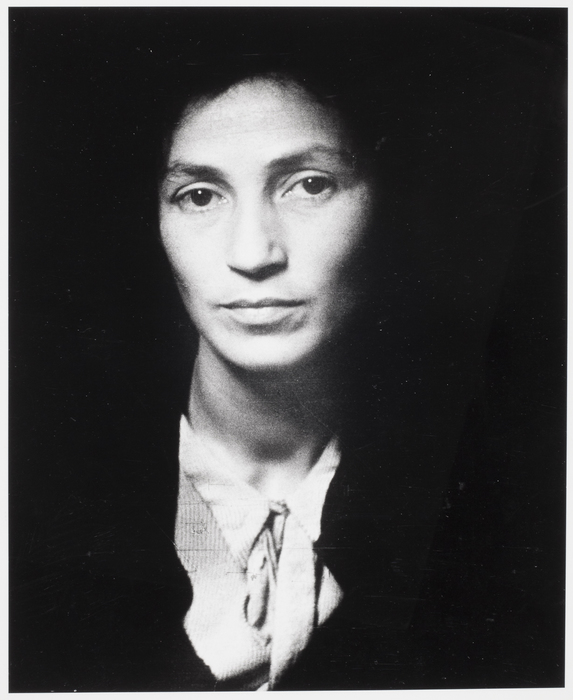
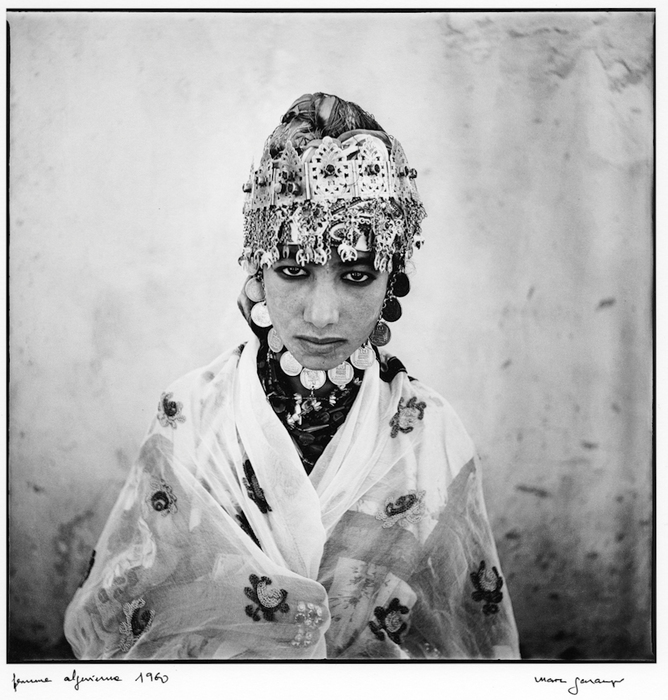
![[Dollie Pinkston]](https://s3.amazonaws.com/icptmsdata/c/o/w/i/cowin_376_1990_434088_displaysize.jpg)

![[Three Minstrels in Blackface]](https://s3.amazonaws.com/icptmsdata/u/n/i/d/unidentified_photographer_2007_54_22_446091_displaysize.jpg)
![[Fanny Jackson Coppin]](https://s3.amazonaws.com/icptmsdata/u/n/i/d/unidentified_photographer_2007_12_1_a_435159_displaysize.jpg)

![[Emmett J. Scott]](https://s3.amazonaws.com/icptmsdata/c/o/w/i/cowin_658_1990_436033_displaysize.jpg)
![[George P. Booker's elevator operator's license]](https://s3.amazonaws.com/icptmsdata/c/o/w/i/cowin_1399_1990_422910_displaysize.jpg)



